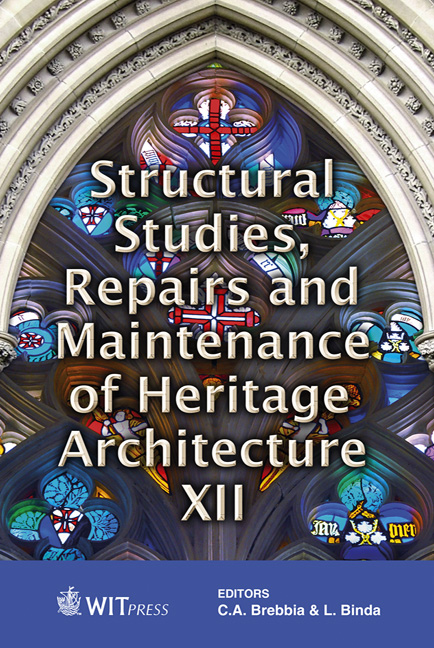Preservation Of Industrial Heritage
Price
Free (open access)
Transaction
Volume
118
Pages
6
Page Range
15 - 20
Published
2011
Size
1,432 kb
Paper DOI
10.2495/STR110021
Copyright
WIT Press
Author(s)
S. Niederhagemann
Abstract
At least since the admission of the Völklingen Ironworks into the UNESCO list of world heritage in 1994, the industrial care of monuments is beyond dispute in Germany. Industrial buildings are however regarded regionally very differently. Due to numerous characteristics the rehabilitation and conservation of industrial heritage has different requirements than the classic monument preservation. This paper is dedicated to these special cases of human heritage. It will give a short overview about the most essential differences to the common care of monuments and sites. Keywords: industrial heritage, rehabilitation. 1 Introduction Architectural monuments are structural facilities which are important for the history of humans, cities and settlements or for the development of the work and production conditions. There must be artistic, scientific, traditional or urban reasons for their preservation [1]. Technical monuments are evidence of the material culture of our ancestors. They supply descriptive information to us about the work, social and technology history. For very old manufacturing plants this is appreciated world-wide. The worthiness of protecting ancient mines and smelting places is questioned but are no less important than medieval mills and hammer works [2]. 2 Characteristics The work with industrial heritage contains special challenges. During the preservation of industrial buildings the controller is often faced with an enormous extent of work. The provided budget permits mostly only a gradual
Keywords
industrial heritage, rehabilitation




